I started at Fairfax Pilates a little over a year ago and I wish I had found it sooner! I’ve struggled with back and neck pain, disc herniation, and posture for almost 20 years. Pilates has help...
Read More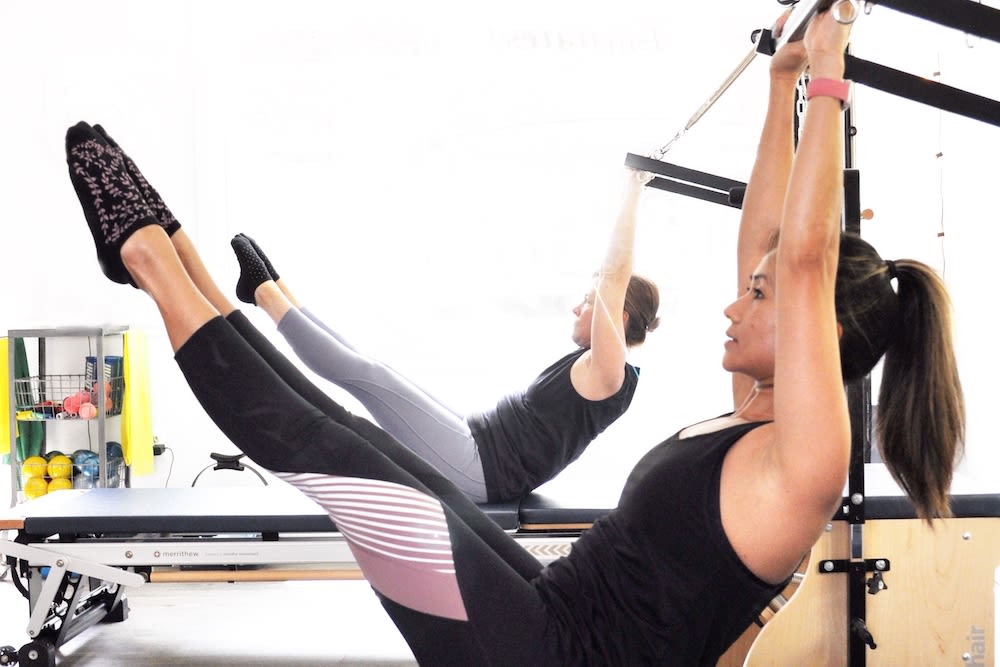
By training with us in Fairfax, you'll develop your overall wellness -- not just by strengthening your body and toning your core, but by expanding your overall health. Try a class and discover your next fitness passion!
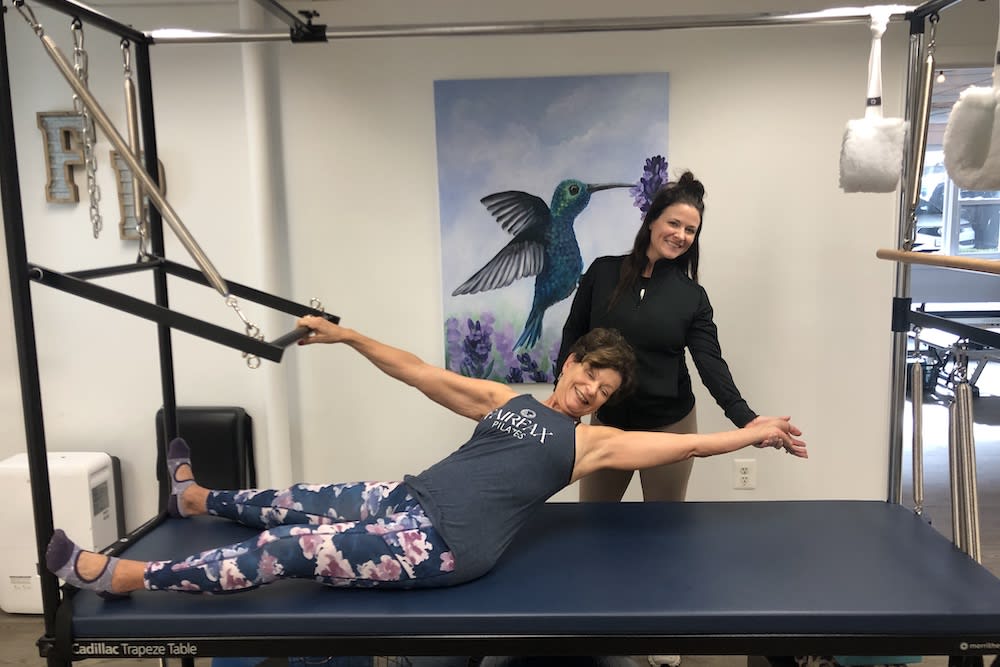
Looking to achieve results faster? You’ll want a one-on-one experience that is custom-made for your body, goals and needs. Come to Fairfax Pilates for the optimal experience in Private Lessons.
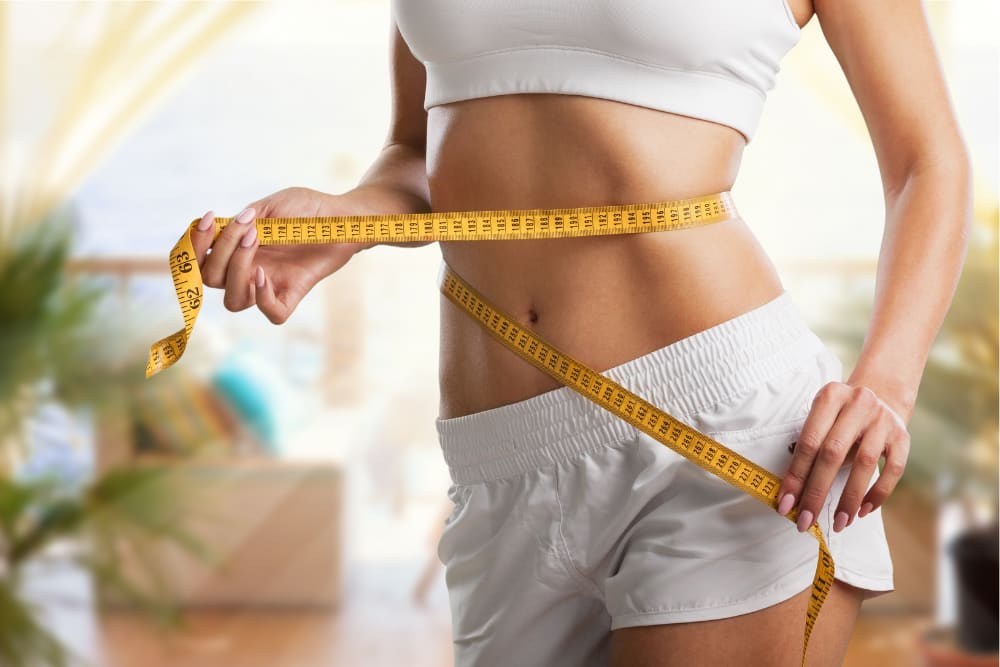
Our Weight Loss Program is helping people across Fairfax enjoy total-body success and sustain it for years to come.
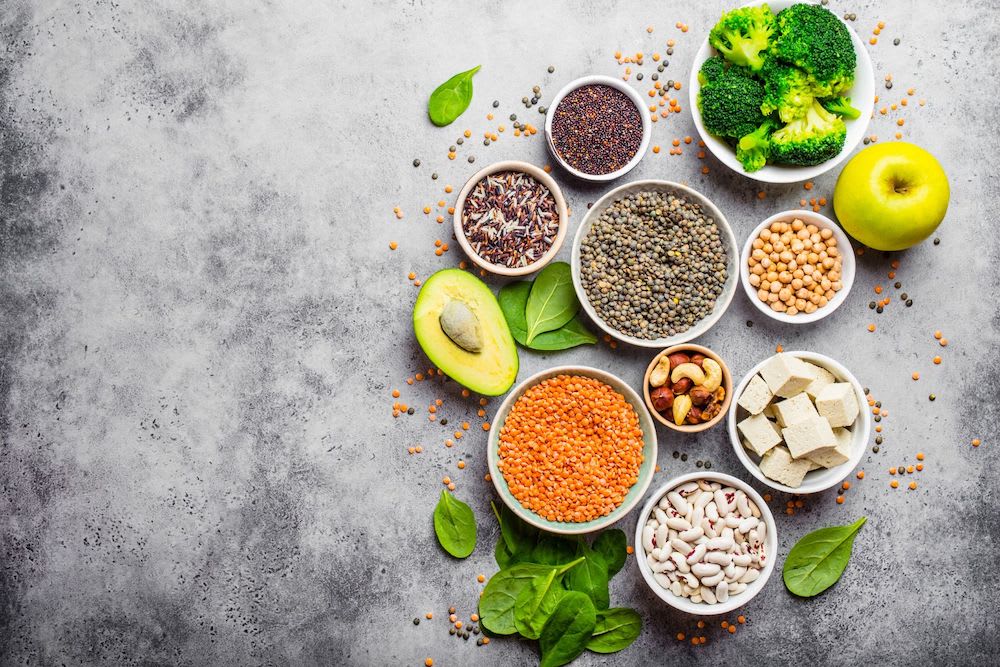
Transform your health with our Redding nutrition programs. Our step-by-step approach empowers you to understand your body's signals and make informed choices. We're committed to instilling lasting habits, ensuring you enjoy long-term health and wellness benefits.

These magnificent, 10-bedroom (16,000sq ft) villa are situated on a private beachfront resort in Playa Palmera. This private protery includes 10 bedrooms, 10 bathrooms, a private pool, Jacuzzi, 2 outdoor gazebos and kitchen seating for 20 people. All meals are included and will be prepared by our own private chef.
At Fairfax Pilates, we can help you start living your best life!
Out of shape and feeling insecure about your body and its abilities? Are you ready to replace pain and frustration with strength and flexibility? A few pilates sessions can get you back to living life with calm determination and confidence, guaranteed.
Get in control of your health and wellness today. We believe our studio is for every body regardless of age, ability and fitness level. Helping you feel confident, strong, and balanced is our top priority. We know that our bodies are made to do amazing things and our uplifting workouts are here to help you see that.
If you are ready to be a better version of yourself, simply click the button below to learn more.
Fairfax Pilates is a boutique STOTT PILATES studio nested in the charming, historic district of Fairfax. Offering private lessons and small group reformer pilates classes, it is the perfect place to reshape your mind, body and spirit. Pilates not only creates physical change through strength, flexibility and balance, but more importantly, you will leave with a positive attitude and a whole new level of confidence after every session.
We believe that smart, sustainable nutrition is the other component to total body wellness. With that in mind, we offer holistic nutrition coaching and are an independent, authorized weight loss clinic with Ideal Protein.
Together, we can transform your body into one that empowers confidence and success.
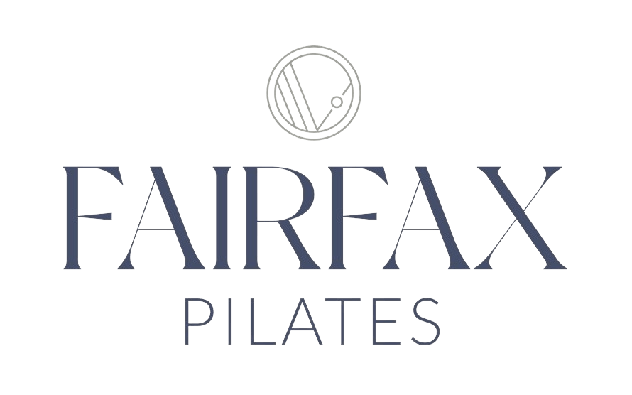
It’s officially been a year since I started coming to Fairfax Pilates and I couldn’t imagine my life without it. I’m still learning but can tell how much my body, energy levels, and endurance has changed. I’m so grateful for the welcoming environment this studio offers and the wonderful staff that makes working out fun!